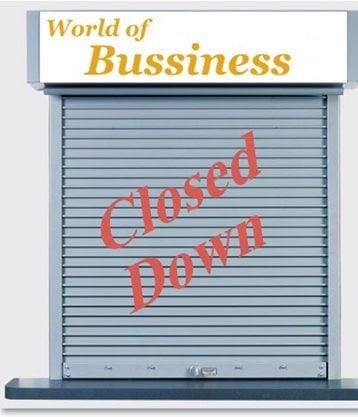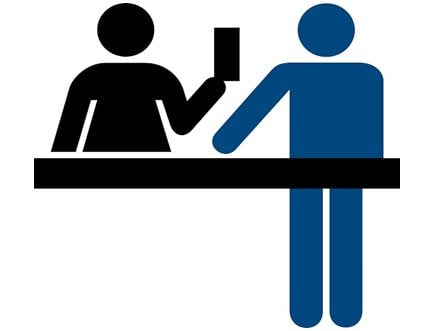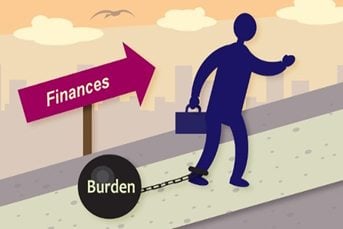Time to say Goodbye: Knowing When to Call it Quits for a Failing Project [Part 1]
The true supremacy of the Internet lies in its open technology characteristic – anybody who wants to can set up a website. Anyone with a great idea can churn out the next big thing after Facebook. Technology has no favourite race, creed, age or gender; it all comes down to the ability and aspiration to create something of value.
Because of this, the Internet has been met with unbridled excitement from any and everyone who believes they have an idea for the next big app. However, the harsh truth is that there are many new products which fail. So, what should you do if your product falls within this category? How do you withdraw a product from the market in a dignified manner, one that leaves both you and your users relatively satisfied and on speaking terms?
In the next paragraphs, we offer tips on how to close down a failing product, including how to break the news to users. Take note that this is only for a single product or service, rather than shutting an entire business, which may sometimes be the case where the company had the single product. That is a more complex process, and one that won’t be addressed here.
Are you afraid of failure?
In the world of business, closing down a product places you in a precarious position. While time and again we are reminded that failure and risk are an essential part of the design and start-up process, few people actually address what to do when the risk doesn’t pan out and you have to shut down an idea – what should you consider and expect and how should you go about it?
Many people will at one point or other in the course of career development encounter a failed/failing product. In some cases, this will come as a long quiet realization that very few people actually use the product compared to the impact that you wanted to make. Sometimes, you as the designer/owner will have to take the high road, declare that something isn’t working properly and take appropriate action.
There are many reasons for product failure, and these have been subjects of numerous discussions elsewhere. The important thing is to know whether you can afford to let the product run in the background until its course comes to an end, or whether to actively discontinue it where you can no longer shoulder the burden it’s causing you to bear.
When it’s time to shut down a product
Here are a few reasons that may cause you to close a product:
- Burden on resources
Even if there are just a few users, those users will need support – do you have staff to provide this service when required? Issues will be raised from time to time – do you have resources to get them fixed? Customer support will always be necessary while the product continues running, but sometimes actual developmental effort may be needed e.g. to fix bugs. Where you lack the resources to dedicate to both activities and maintain positive relations with users/customers, the product is considered a drain on resources.
- Burden on finances
Much like the point above, if the product is not making money – at the very least enough to support the costs of running it – then it becomes a drain for the business’s funds. Products need money for development and maintenance, even if it’s just server hosting. Don’t run products that are generating less than they’re spending.
- Burden on legacy
How does having a non-performing product affect the other areas of the business? If you have multiple products, they might share the code base. Where the existence of the non-performing product means that other more successful products have to work harder to support it, this is called a legacy burden.
- Technical burden
What does it take to ensure that the product remains fully functional? There will be issues with usability and bugs which will require developmental effort and planning to fix. Where a business cannot afford the resources required for product development, the product is more a burden than a blessing and might need to be closed.
That being said, whether you'll leave a product running quietly behind the scenes or you'll close it is a purely subjective and personal decision. For instance, a product may be a financial burden now, but this doesn’t take into account its potential in the future.
Ultimately, by considering the above factors as well as your own assessment of the business, product and implications of either action, you can make the decision to end or continue.
Implications of leaving the product running
A seemingly easy scheme is to allow the product to continue running and instead cut off support and development. This is the common method adopted with large products or where a company acquires another company and its products e.g. when Adobe ceased development for its Fireworks suite.
It is an appealing alternative – you notify users the extent to which you are willing to offer support and cease development on it. This allows the product to run behind the scenes, without taking up too many resources. You cross your fingers and hope that you haven’t irked too many users (now that the product is still available) and you’ve escaped having to tell the world why you’re closing the product.
This solution is feasible for large products that enjoy a developed audience, but is it really a solution, or are we simply delaying what’s inevitable? Would you, for instance, have to ensure that the product is supported on new OS’s that come into the market? What happens when users encounter bugs?
By not offering such support, you’re likely to end up with a growing pool of frustrated users which could be detrimental to your corporate image and hence other successful products. Careful assessment of each course of action is necessary, but if you really cannot afford the technical resources to shoulder the product, closing may be the better option.
Get more to your email
Subscribe to our newsletter and access exclusive content and offers available only to MonsterPost subscribers.






Leave a Reply
You must be logged in to post a comment.